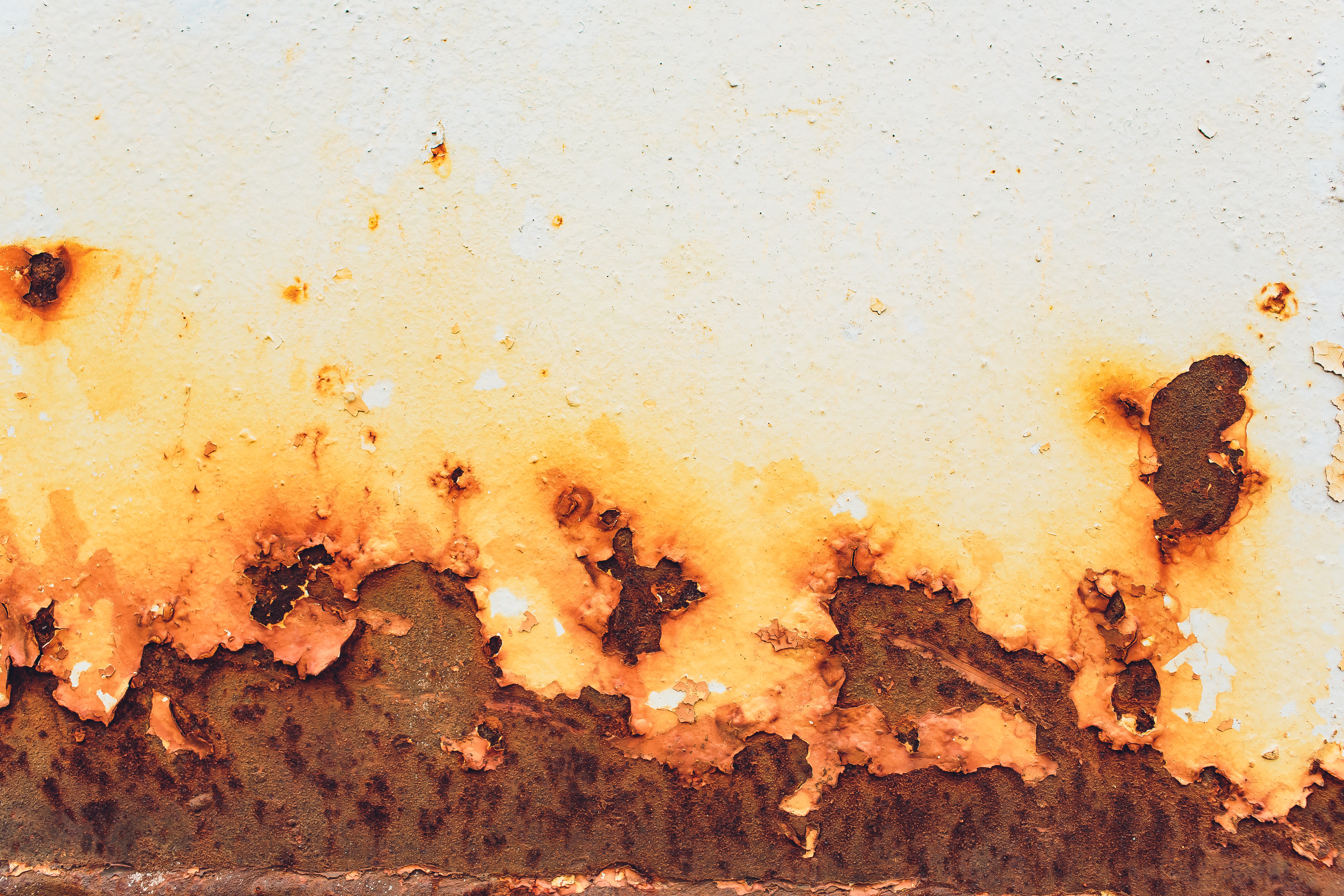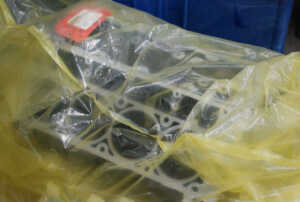Rust Damage and Corrosion are Ongoing Battles for Governments, Consumers

Rust Damage and Corrosion are Ongoing Battles for Governments, Consumers
Anyone who’s ever had the unfortunate surprise of discovering rust damage on a tool, bicycle or boat knows how quickly it can ruin your day and blow your budget.
Turns out, the U.S. Department of Defense can empathize – on a very grand scale. The Government Accountability Office reports that corrosion costs the agency an estimated $23 billion annually, taking an estimated 16 percent of military assets (namely planes and ships) out of action. It was also reported that corrosion has been responsible for dozens of accidents and deaths within the department over the past three decades.
And that’s just in one federal department. NACE International reports that rust and corrosion collectively cost the U.S. a staggering $276 billion in direct losses every single year.
Prevention is the Most Cost Effective Approach
Just as corrosion can render your rifle or table saw unusable and dangerous, the corrosion of government tools, weapons, vehicles and equipment degrades their function and safe use. That ultimately leaves us less ready to respond to a crisis.
The Defense Science Board Task Force has estimated we could potentially reduce one-third of corrosion-related costs by investing in certain prevention like Cathodic Protection services and mitigation efforts, many of which are a fraction of the losses we sustain by letting nature take its course. One solution is the use of vapor corrosion inhibitors, or VCIs for short. In combination with other humidity-controlling storage methods, inexpensive VCI products have been found to extend the life of entire fleets of vehicles and equipment by years.
The DOD’s science task force report points to something those of us at Zerust have known for years: When it comes to rust damage, prevention is always preferable to dealing with it after the fact.
Consider, for example, where these consumer products are concerned:
- A good bicycle on average costs somewhere between $350 and $1,000. On the other hand, a Zerust bicycle cover for a single-rider bike is between $20 and $50. Take care of that bike by keeping it clean and storing it properly, it will last you many years with likely few repairs.
- Table saws at national hardware chain stores can run buyers anywhere from $200 to $4,000, depending on the make and model. Compare that to the Zerust table saw cover, which costs between $50 and $55 and offers up to five years of corrosion and rust damage prevention.
- Motorcycles can vary dramatically by price, but on average cost anywhere from $5,000 to $10,000. A Zerust motorcycle cover, meanwhile, costs between $100 and $130 and can spare you the time and expense of costly repairs for up to five years.
It’s the same story for the VCI covers we sell for firearms, boats, ice skates, air conditioners, cars, ATVs, tools and more. The bottom line is that by investing a small amount in preventing rust damage, you save yourself a great deal of time, expense and grief in the long run.
The Never-Ending War Against Rust Damage
The cost of corrosion is nothing new. In fact, as noted by Jonathan Waldman, author of “Rust: The Longest War,” humans been battling corrosion and rust damage since we first started using metal. It just don’t typically make front page news. The reality is it costs us more than all other natural disasters – combined. Mitigation efforts are virtually always ongoing.
Corrosion and rust will continue to be a threat to the budgets of governments and consumers for as long as we’re using metal materials. The good news is that with the emergence of VCI technology, we have an effective, affordable weapon to fight back.
*************@************ts.com“>Contact Zerust for information on our rust prevention products by emailing us or calling (330) 405-1965.
Additional Resources:
That rust on your shower head? It’s a $6-billion problem for the Navy, cruise ships and more, Jan. 13, 2020, By Samantha Masunaga, The Los Angeles Times
More Blog Entries:
Fighting Rust: The Last Battle for U.S. WWII Ships, Other Historic Artifacts, June 9, 2019, Zerust Rust Damage Prevention Blog
- Categorized: corrosion inhibiting, Rust Inhibitor, Rust Prevention Tips
- Tagged: rust damage




